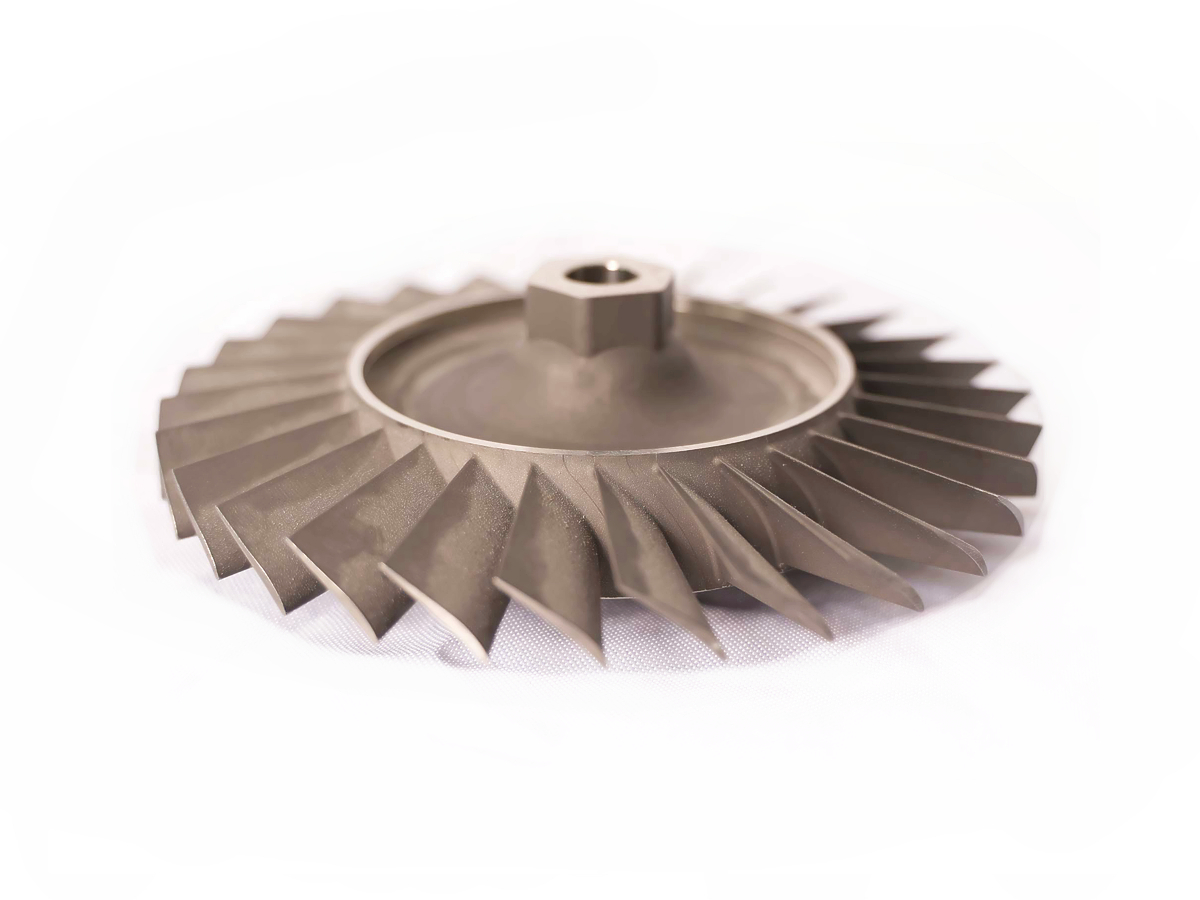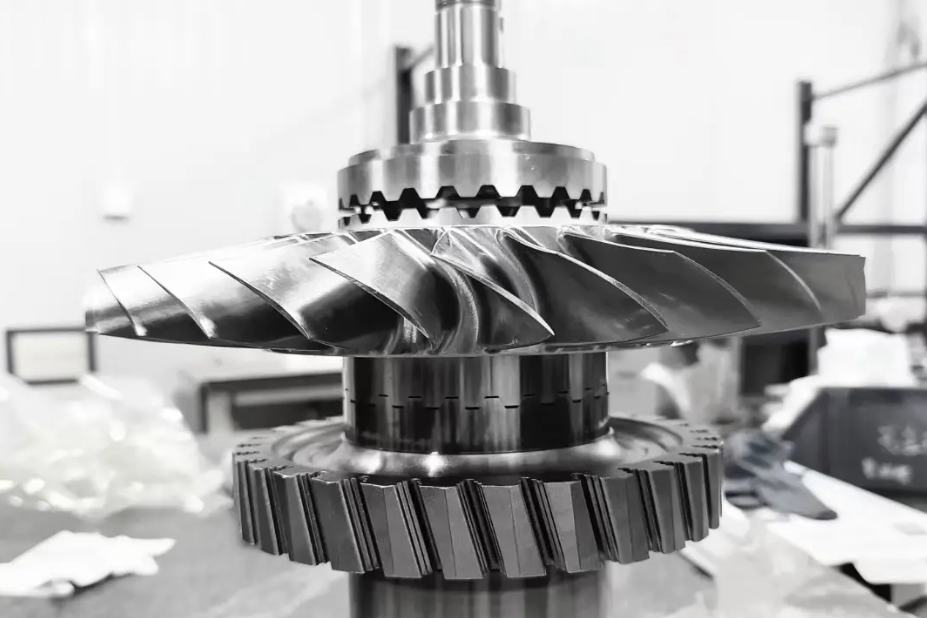What is the typical service life of TBCs in real engine or turbine conditions?
From a reliability engineering and maintenance perspective, the service life of a Thermal Barrier Coating (TBC) is not a fixed number but a statistically variable lifetime dictated by the complex interplay of extreme temperature, thermal cycling, mechanical stress, and environmental factors. In real engine conditions, TBCs are consumables designed to degrade gracefully, with their lifespan being a critical determinant of component overhaul intervals.
Typical Service Life Ranges
The operational life of a TBC system varies significantly across different application sectors due to varying duty cycles and failure criteria.
Aerospace Jet Engines: TBCs on high-pressure turbine blades and vanes are subjected to the most severe thermomechanical fatigue. Service lives typically range from 3,000 to 15,000 cycles (take-off, climb, cruise, descent) or approximately 10,000 to 30,000 engine operating hours before a shop visit is required. Lifespans on nozzle guide vanes, which experience less centrifugal stress, can be longer.
Land-Based Power Generation Turbines: These turbines operate with longer, more stable cycles but for vastly extended durations. TBC lifespans here are typically measured in thousands of starts and 24,000 to 48,000+ operating hours (3-5+ years of continuous service) before inspection or refurbishment is needed.
Industrial and Marine Turbines: Operating profiles fall between aero and power gen, with lifetimes highly dependent on specific duty cycles and fuel quality.
Primary Failure Mechanisms and Life-Limiting Factors
TBCs do not fail catastrophically without warning; they undergo progressive damage accumulation. The dominant failure mode is spallation—the delamination and loss of the ceramic top coat. This is driven by several key mechanisms:
Thermally Grown Oxide (TGO) Growth and Instability: The most critical life-limiting factor. The bond coat (e.g., MCrAlY) oxidizes to form a thin, protective TGO layer of alpha-alumina. As this layer thickens during service (a function of time and temperature), it develops growth stresses and can become chemically unstable. The eventual rumpling and cracking of the TGO at the interface is the primary trigger for spallation. The stability of the bond coat, often a specialized superalloy, is paramount.
Thermal Cycling and Fatigue: Each engine start-stop cycle induces massive thermal transients. The mismatch in the Coefficient of Thermal Expansion (CTE) between the ceramic top coat (e.g., YSZ) and the metallic substrate generates cyclic stresses that lead to micro-cracking, crack propagation, and eventual spallation.
Sintering of the Top Coat: At sustained high temperatures, the porous microstructure of the TBC (essential for low thermal conductivity) begins to sinter and densify. This increases coating stiffness, raises its thermal conductivity (reducing insulation), and makes it more susceptible to spallation under strain.
Environmental Damage (CMAS & Erosion): Ingested sand and dust can melt to form Calcium-Magnesium-Alumino-Silicate (CMAS) glasses, which infiltrate the TBC's pores, degrade its strain tolerance, and accelerate sintering. Particulate erosion also mechanically removes coating material over time.
Engineering for Predictable Life and Reliability
To achieve and predict these service lives, a systems engineering approach is essential:
Advanced Manufacturing: The application method—Electron Beam Physical Vapor Deposition (EB-PVD) for columnar-structured coatings in aero engines or Air Plasma Spray (APS) for lamellar-structured coatings in some industrial applications—is chosen to optimize strain tolerance and life for the specific component and duty cycle.
Process Control and Inspection: Coating life begins with quality. Providers must adhere to rigorous standards like NADCAP for aerospace. Non-destructive inspection techniques, such as infrared thermography, are used to detect adhesion defects prior to service.
Lifing Models and Condition Monitoring: Service life is predicted using sophisticated physics-based models that account for TGO growth, cyclic stresses, and material properties. In service, engine health monitoring systems track operational parameters (temperature, cycles) to estimate cumulative damage and plan maintenance.
Repairability: The economic viability of TBCs often hinges on the ability to strip and re-coat components during overhaul. The remanufacturing process must be carefully controlled to prevent damage to the underlying superalloy substrate.



